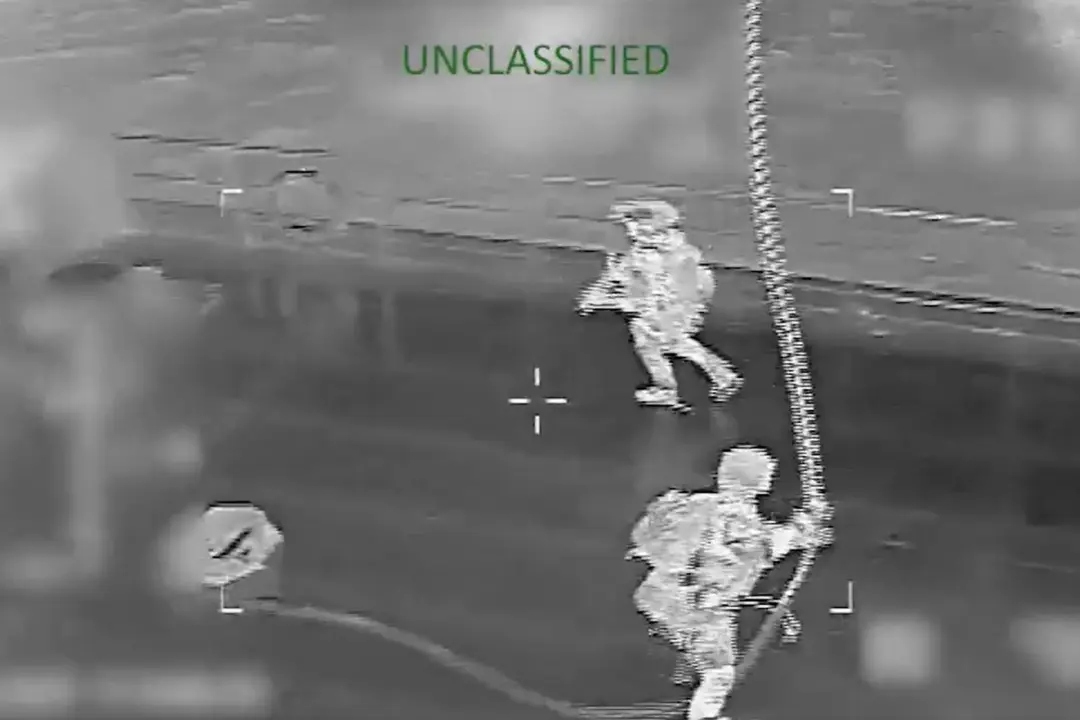House Oversight Committee Chairman James Comer (R-Ky.) is calling on the Pentagon to turn over documentation about the V-22 Osprey program’s safety, after one of the aircraft crashed off the coast of Japan in November, killing eight U.S. airmen.
“The Committee on Oversight and Accountability is investigating long-term problems regarding the reliability of the V-22 Osprey tiltrotor military aircraft (Osprey),” Mr. Comer wrote in a letter to Secretary of Defense Lloyd Austin on Dec. 21. “Considering the recent Osprey crash off the shore of Yakushima, Japan, in addition to other crashes during the lifetime of this airframe, the Committee remains concerned about safety and performance issues surrounding the Osprey program.”





